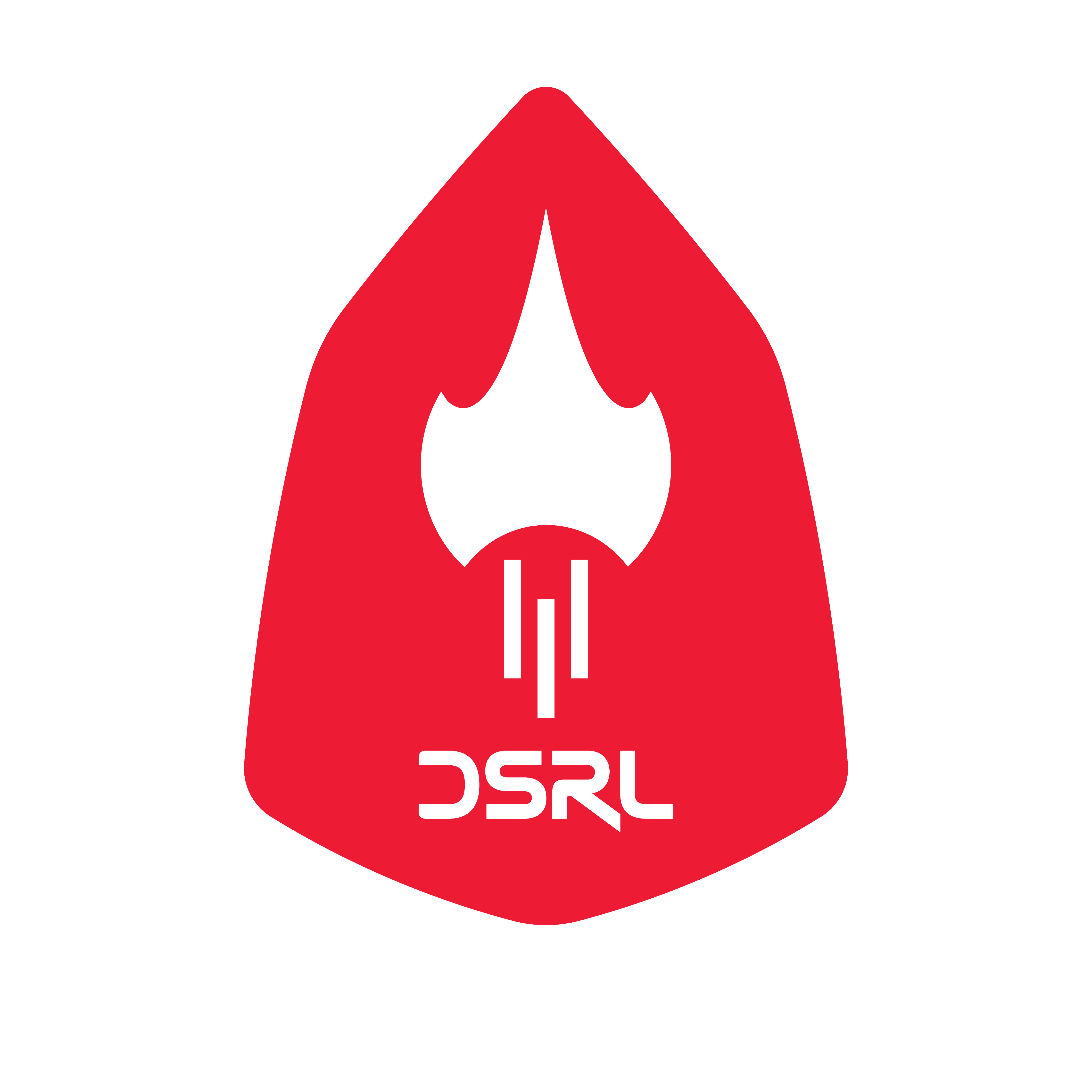Dose Optimization Analysis for UV-C Mediated SARS-CoV-2 Viral Load Reduction
The recent SARS-Cov-2 outbreak has silently and lethally put every nation and person at risk. Throughout history, mankind has struggled to control the causes and consequences of infectious diseases and will continue to do so in the foreseeable future. In the fight against it, in March 2020, the Scientists and Engineers from DSRL, and researchers from Gauhati University unitedly decided to counter the threat caused by the virus with a century-old efficient technique using "Ultraviolet Radiation".
DSRL has developed proprietary products specifically designed for sterilization of non-biological surfaces using UVC as the sterilizing factor, namely Zapmini, ZapMac, TANK254, and Neelakanth.
Aim: To accurately determine the optimal dose requirement for deactivation of SARS CoV-2 viral RNA by exposing the Viral RNA particles to specific doses of UVC.
A total of 100 COVID-19 positive samples are subjected to the UV-C dose using the devices developed by the DSRL, and it is observed that there is viral RNA inactivation in 99% of them, only 1 result being invalid.
Out of the 99% cases showing significant RNA inactivation, 29% of the tested COVID- 19 positive samples turned totally negative and 55% of the rest of them showed more than 80% RNA Inactivation upon subject to minimal optimized UV-C dose using the UV-C devices, developed by DSRL. If the dose is increased even by 30% (by increasing the exposure time), there would have been total inactivation of all the samples tested.

